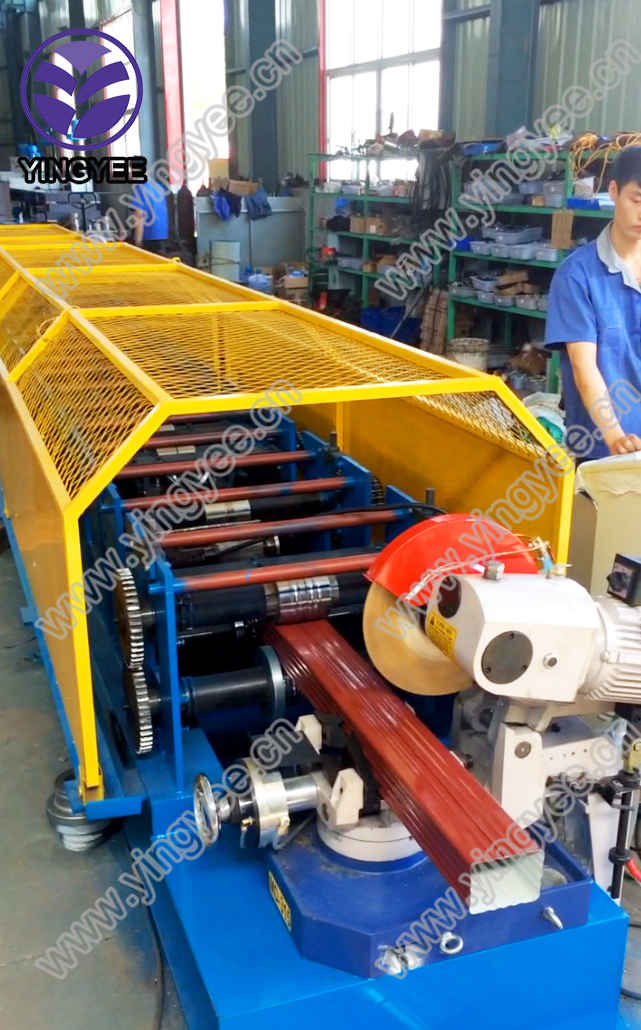The Evolution and Importance of Stud and Track Frame Forming Machines
In modern construction and manufacturing industries, efficiency, precision, and versatility are paramount. Among the tools facilitating these ideals, the stud and track frame forming machine has emerged as an essential piece of equipment. This innovative machine is specifically designed to produce metal framing components used primarily in the construction of walls, ceilings, and roofs. Understanding its mechanisms and applications provides insight into its significant role in today’s structural assembly processes.
What is a Stud and Track Frame Forming Machine?
A stud and track frame forming machine is a specialized piece of machinery used to manufacture thin-walled steel sections known as studs and tracks. These components form the skeletal structure of various buildings, including residential and commercial properties. By utilizing advanced manufacturing processes such as cold roll forming, these machines can quickly and accurately shape metal sheets into desired profiles. The terms stud and track refer to the vertical and horizontal components of the framing system, respectively.
Advantages of Using Stud and Track Frame Forming Machines
One of the primary benefits of using these machines is the speed with which they operate. Traditional framing methods can be labor-intensive and time-consuming. However, a stud and track frame forming machine can produce large quantities of steel frames rapidly, improving turnaround times for construction projects. This efficiency not only translates into cost savings but also allows for a faster project completion, which is a significant advantage in the competitive construction market.
Moreover, the precision offered by these machines is unmatched. Automated systems are designed to ensure consistent quality across every component produced. This reliability minimizes the risk of errors or defects, leading to better structural integrity in the final assembly. Additionally, the ability to customize dimensions and different profile shapes caters to diverse architectural designs, allowing architects greater freedom in their projects.

Environmental Benefits
The use of metal framing components is also beneficial from an environmental perspective. Steel is one of the most recycled materials in the world, and using steel studs and tracks can contribute to sustainable building practices. These machines often arrange raw materials in a way that minimizes waste, and any off-cuts can typically be recycled. Thus, construction practices that incorporate steel framing can potentially reduce environmental impact while maintaining high standards of durability and strength.
The Future of Stud and Track Frame Forming Technology
As technology continues to evolve, so does the functionality of stud and track frame forming machines. Automation and smart technology integration are paving the way for even more sophisticated equipment. Features such as real-time monitoring, predictive maintenance, and enhanced user interfaces are being developed, enabling operators to achieve even higher levels of productivity and precision.
In addition, with the rise of smart construction, integrating Building Information Modeling (BIM) with these forming machines allows for a more synchronized approach to design and execution. This integration ensures that all components fit perfectly, streamlining processes from design to construction.
Conclusion
The stud and track frame forming machine has revolutionized the way metal framing is approached in the construction industry. Its ability to produce high-quality components quickly and efficiently is reshaping how builders think about structural design and implementation. As technology progresses, these machines will undoubtedly become even more vital, making them not just tools of the trade but essential partners in the sustainable future of construction. Embracing this evolution will lead to buildings that are not only stronger and more durable but also more efficient and environmentally friendly.